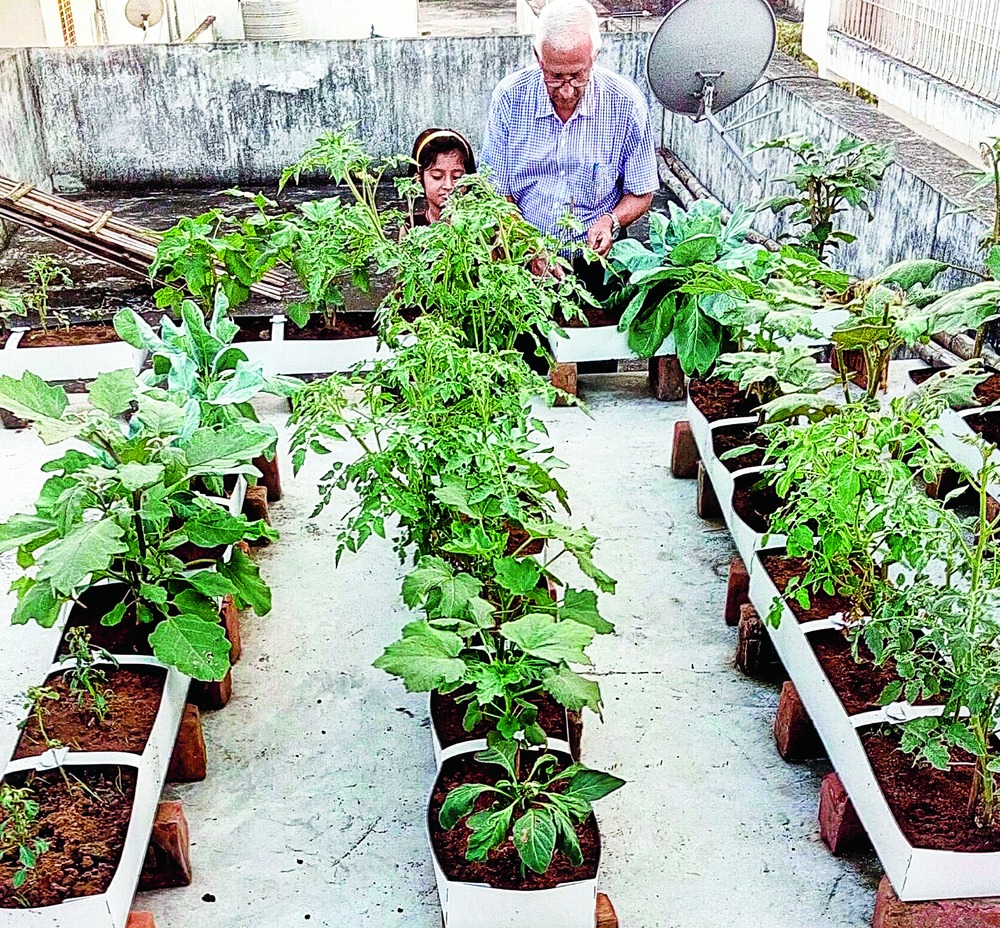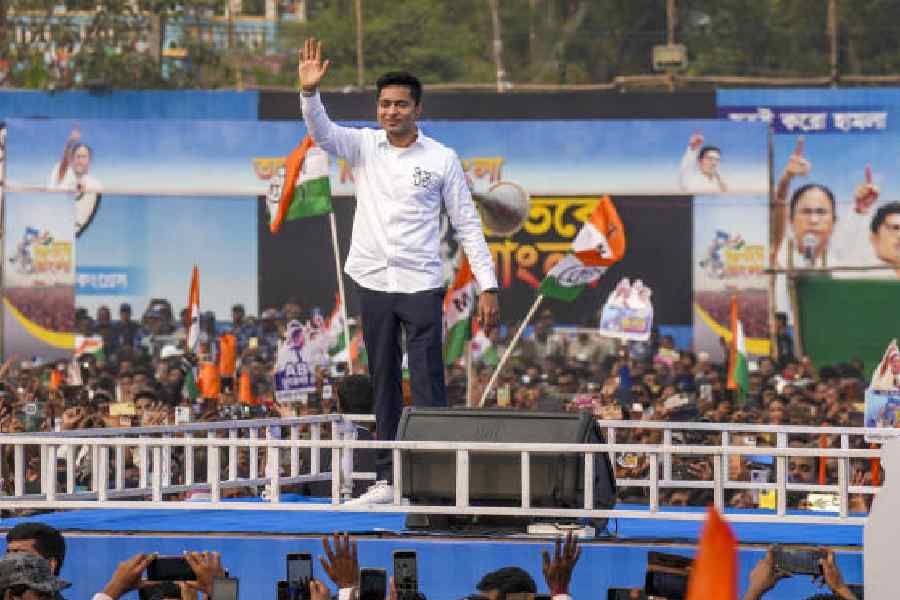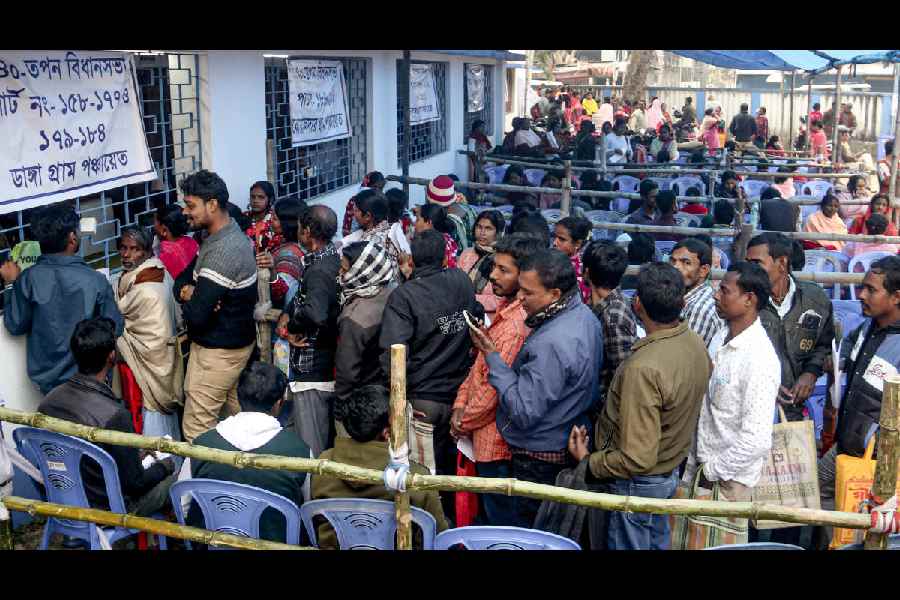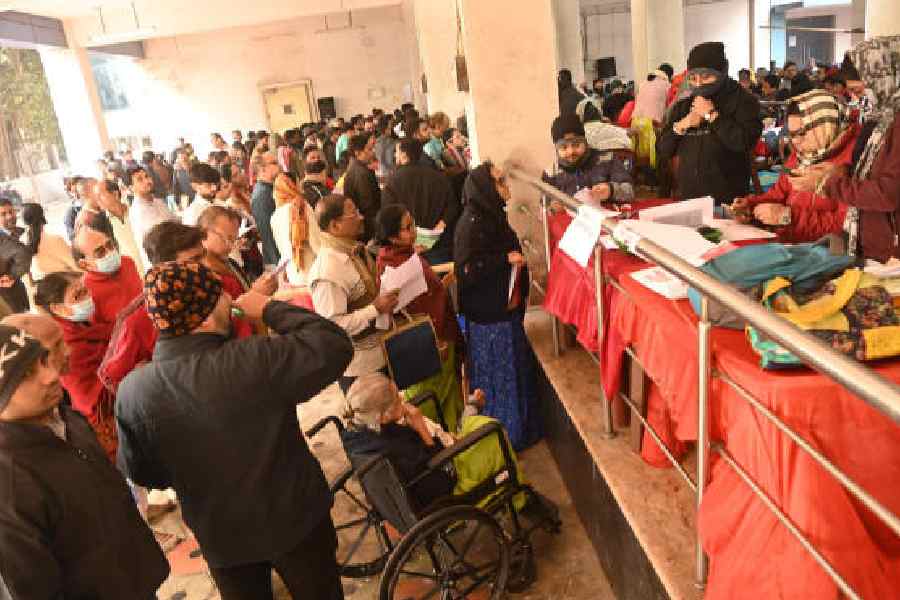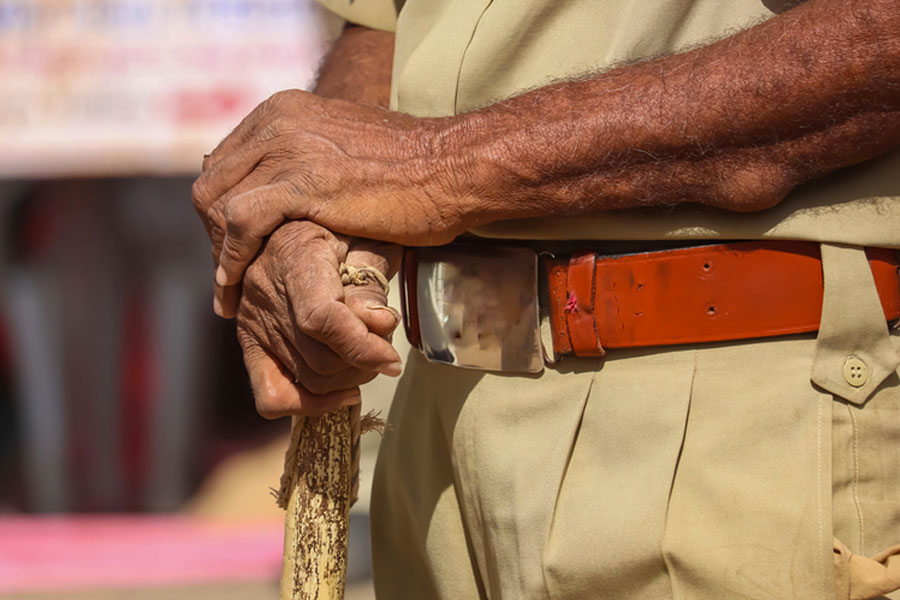
Growing plants without soil!
Some residents have taken to the method, a type in which soil is not at all required to grow a plant. The residents are doing it on an experimental basis though. They are planning to take it on a bigger scale given the positive outcome of the experimental farming on a limited scale.
The concept of soil-less farming is nothing new in the metro cities. However in the state capital, it is slowly catching the fancy of the residents. The idea is that whatever nutrients a plant gets from the soil, it would be provided separately. In this technique, mineral supplements are added in order to meet the plant's nutritional requirements.
Jainendra Kumar (64), a professor in the botany department of College of Commerce, Arts & Science, started soil-less farming on a 500sqft area at the rooftop of his house one-and-a-half-months back. The sexagenarian is growing vegetables like rich gourd, bottle gourd, beans, brinjal and cauliflower through this method.
"The best thing about this technique is that you get organic food without much hassle. If we are using soil as a medium for farming, then there will always be a chance of your plant getting soil-borne diseases. So when there is no soil, the chances of soil-borne diseases becomes zero and whatever minerals plants require, that can be provided as mineral supplements," said Dilip Kumar Maharaj, an agriculture expert, who provided technical support to Jainendra for soil-less farming.
Explaining the method of the farming, Jainendra said: "I am using coco peat and minerals instead of soil for growing the plants. Coco peat is basically processed coconut husk from which long fibres are removed. It is used as a replacement of soil in soil-less farming. It has good water retention capacity. So whatever mineral supplements we add in the coco peat, it retains most of it and helps plants grow well."
"The coco peat is mixed with a chemical called perlite, which is mainly used for porosity purpose in the medium. The mixture is put into a polystyrene container and then we plant the sapling in the coco peat mixture kept in the polystyrene container. We add water soluble fertilisers (nitrogen, phosphorus ad potash) in the plants both during and after the plantation. Vermicompost is also added in the coco peat mixture during plantation. It helps in providing good yield," added Jainendra. He said in soil-less farming irrigation could be reduced to a great level unlike in traditional way.
Jainendra is planning to start soil-less farming on his one-acre land at his Mahadeva village in Madhubani soon.
Rahul Kumar Singh (33), owner of a brick kiln in the state capital, also tried his hand at soil-less farming early this year.
"I grew strawberry and many seasonal vegetables like pumpkin, cucumber and bottle gourd on around 5,000 sqft area on my terrace from January to August. I am again planning to grow vegetables through this technique soon," said Rahul.
In his second attempt of soil-less farming, Rahul is planning to use shed-net technique. "The only drawback which I found in soil-less farming on the terrace was that I found that plants were exposed to extremely hot conditions and it affected my yield a little bit. So next time, I am planning to opt for the shed-net technique for soil-less farming," added Rahul.

